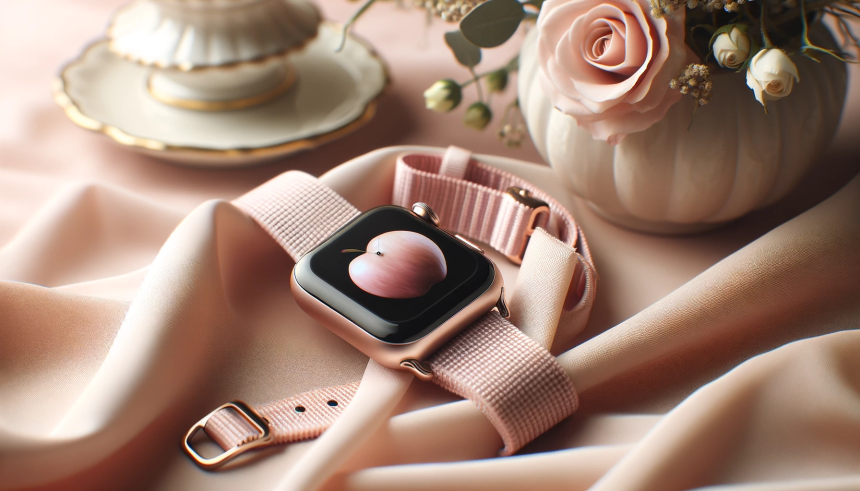With the arrival of Apple Watch Ultra 3, Apple demonstrates its approach to iterative upgrades while retaining user-favored elements. Consumers and industry analysts anticipate each release for hints of meaningful innovation or subtle refinement. This model not only responds to user requests for robust outdoor performance but also introduces improvements related to communication and screen quality, aiming at a wide range of users from athletes to everyday wearers.
Coverage of earlier launches frequently highlighted rugged design and battery life as major selling points for the Ultra line. While these elements remain, previous models happened to face criticism for limited screen advancements and lack of significant communication upgrades. With Ultra 3, Apple attempts to address past concerns while keeping the balance between novelty and familiarity, as competitors have stepped up their efforts in both areas.
What New Technology Powers the Display?
Apple introduces an updated display on the Watch Ultra 3, utilizing advanced screen technology to offer brighter visuals, even in direct sunlight. The company targets outdoor enthusiasts and professionals who rely on clarity in a variety of challenging environments. According to Apple, the improved display is engineered for both readability and durability under strenuous conditions, an aspect frequently requested by users.
How Does Communication Improve?
With the Ultra 3, Apple debuts an enhanced communication system, which the company says will improve connectivity in remote and urban locations alike. Cellular and Wi-Fi capabilities have been refined to bolster consistency and reduce dropped connections, an issue experienced by some users in earlier iterations. Apple stated,
“We listened closely to adventurers and professionals who needed even greater reliability when communicating from the field.”
Beyond recreational usage, this advancement has potential benefits for safety and everyday convenience.
Is Anything Lost in the Transition?
The Ultra 3 retains much of its predecessor’s robust hardware, including the signature titanium chassis and extended battery life. Users still have access to features such as customizable Action Buttons and advanced health monitoring. Apple assures,
“We kept the features people depend on while introducing refinements only possible with newly developed technology.”
This consistency suggests Apple values incremental improvement rather than drastic shifts, prioritizing what works while integrating subtle innovations.
For regular users and those considering an upgrade, the Ultra 3’s compatibility with existing bands and accessories could be a deciding factor. Market observers will note Apple’s adherence to its ecosystem strategy, which often helps retain loyal customers. While competitors introduce bolder design changes, Apple appears to favor reliability and the maturity of its product line with strategic technological boosts over frequent redesigns. This model reflects a continuation of that approach, aligning expectations for both new adopters and veteran users.
Shoppers seeking a smartwatch should consider that screen readability and communication enhancements, though incremental, may have a meaningful impact on day-to-day use, especially for those with demanding lifestyles or safety needs. Evaluating whether these updates warrant upgrading from a previous Ultra model will depend on individual priorities. For first-time buyers, Ultra 3 presents a balanced proposition of toughness, improved connectivity, and visual clarity, backed by a brand that supports long-term wear and integration with other Apple devices.










